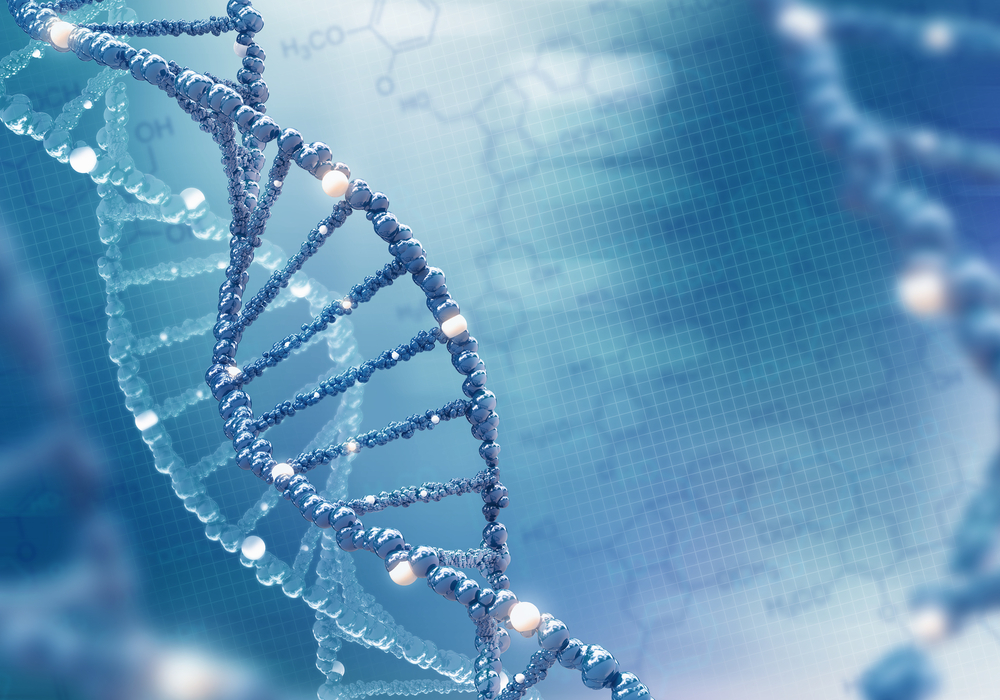Lysogene’s Gene Therapy Seen to Correct Enzyme Deficiency in Sanfilippo Type A Mouse Model

Lysogene’s gene therapy candidate LYS-SAF302 corrected enzymatic deficiency, normalized heparan sulfate levels, and reduced brain lesions and neuroinflammation in a mouse model of Sanfilippo syndrome type A.
LYS-SAF302’s use was also seen to efficiently and broadly increase the activity of sulfamidase — the enzyme lacking in Sanfilippo type A — in both dogs and non-human primates.
These recently published results supported the initiation of the ongoing, open-label AAVance Phase 2/3 clinical study (NCT03612869) evaluating the safety and effectiveness of a one-time administration of LYS-SAF302, delivered directly into the brain, in up to 20 Sanfilippo type A patients (ages 6 months and older).
Patients are currently being recruited (or soon will be) at eight sites in the U.S. and Europe. Go here for more information on trial locations, and here for eligibility criteria.
The study, “AAVrh10 Vector Corrects Disease Pathology in MPS IIIA Mice and Achieves Widespread Distribution of SGSH in Large Animal Brains,” was published in the journal Molecular Therapy Methods & Clinical Development.
Sanfilippo syndrome type A, also known as mucopolysaccharidosis type IIIA (MPSIIIA), is caused by mutations in the SGSH gene that result in a deficiency in the enzyme sulfamidase. This deficiency leads to the toxic accumulation of heparan sulfate and other long-sugar molecules, which ultimately cause neurodegeneration.
LYS-SAF302 is a gene therapy that uses a modified and harmless adeno-associated virus (AAV) — AAVrh10 — to deliver a functional copy of the SGSH gene to the central nervous system (CNS; brain and spinal cord) in a single dose. By providing the source of the missing enzyme, LYS-SAF302 aims to slow or halt neurodegeneration.
AAVrh10 was chosen due to its ability to target the CNS and cross the blood–brain barrier — a protective membrane that restricts the passage of certain molecules carried in the blood from entering the brain.
This type of therapy relies on a mechanism known as cross-correction, in which the enzyme produced by one cell can be released and subsequently taken up by neighboring cells, resulting in the correction of more cells than those directly targeted during the therapy.
Lysogen’s researchers, along with Australian colleagues, have now published the preclinical data that supported LYS-SAF302’s evaluation in people with Sanfilippo type A.
The team first evaluated the long-term therapeutic effects of three different doses (8.6 x 1008, 4.1 x 1010, and 9.0 x 1010 vg/animal) of LYS-SAF302, injected directly to both sides of the brain (intraparenchymal administration), in 5-week-old mice with Sanfilippo type A.
Results at 12 weeks and 25 weeks after treatment showed that a single administration of LYS-SAF302 at either dose led to “efficient, long-lasting, and dose-dependent increases in [sulfamidase] enzyme activity in all brain regions, with highest levels near the injection sites,” the researchers wrote.
Correction of the sulfamidase deficiency was accompanied by the normalization or a significant lowering of the levels of heparan sulfate and other disease-associated molecules, as well as by the reduction of pre-existing brain lesions and neuroinflammation.
Next, the team investigated whether LYS-SAF302’s use could induce a 10%–20% increase in sulfamidase activity — which was shown to be clinically relevant — in healthy large animals.
LYS-SAF302 injected into the brain of dogs (1.0 or 2.0 x 1012 vg/animal) and a species of non-primate humans, called cynomolgus monkeys (7.2 x 1011 vg/animal) resulted in increases of sulfamidase activity of at least 20% across the brain: in 78% of the dogs’ brains four weeks after treatment, and in 97% of the monkeys’ brains six weeks after treatment.
“We show that LYS-SAF302 was able to correct disease [features] in the mouse model of the disease and to achieve strong … distribution throughout the brain of dogs and nonhuman primates following intraparenchymal administration,” Ralph Laufer, Lysogene’s chief scientific officer, said in a press release.
“Extrapolating the results of the dog and monkey studies to the human brain, it appears that the current clinical dose and volume should be able to restore at least 20% of normal [sulfamidase] activity throughout the brain of a MPS IIIA patient, which is predicted to have a significant positive impact on disease progression,” Laufer added.
The company announced that 10 patients were enrolled in the AAVance trial as of September 2019, including seven who had already received treatment. Lysogene is expecting to complete enrollment in the beginning of this year.






